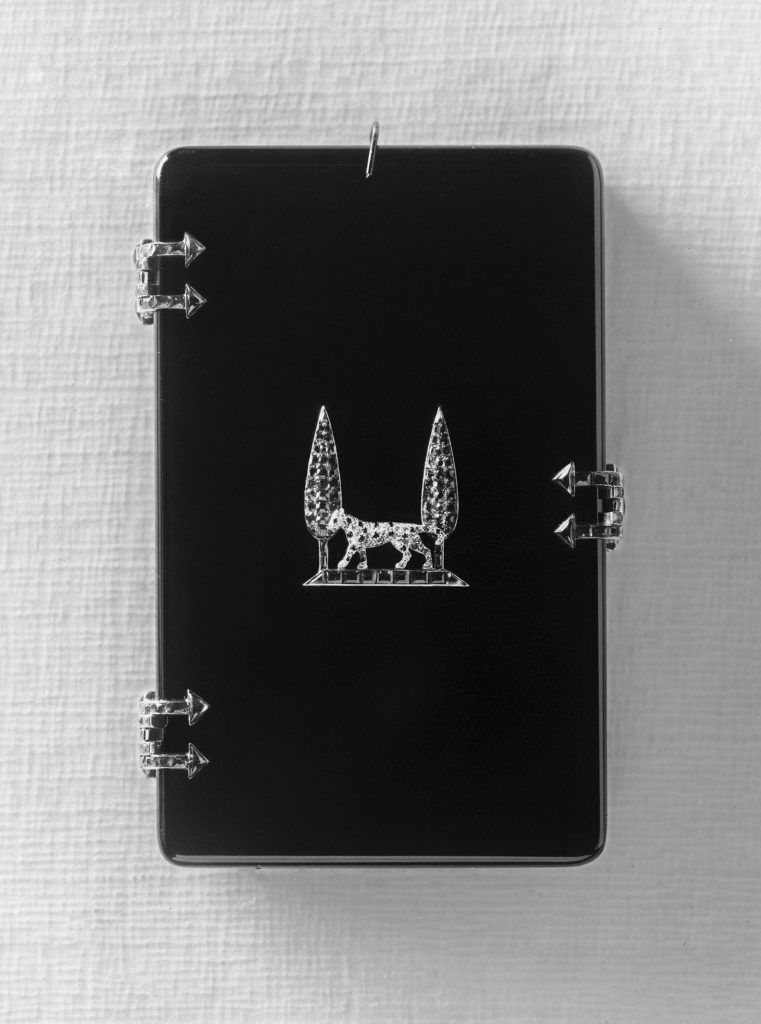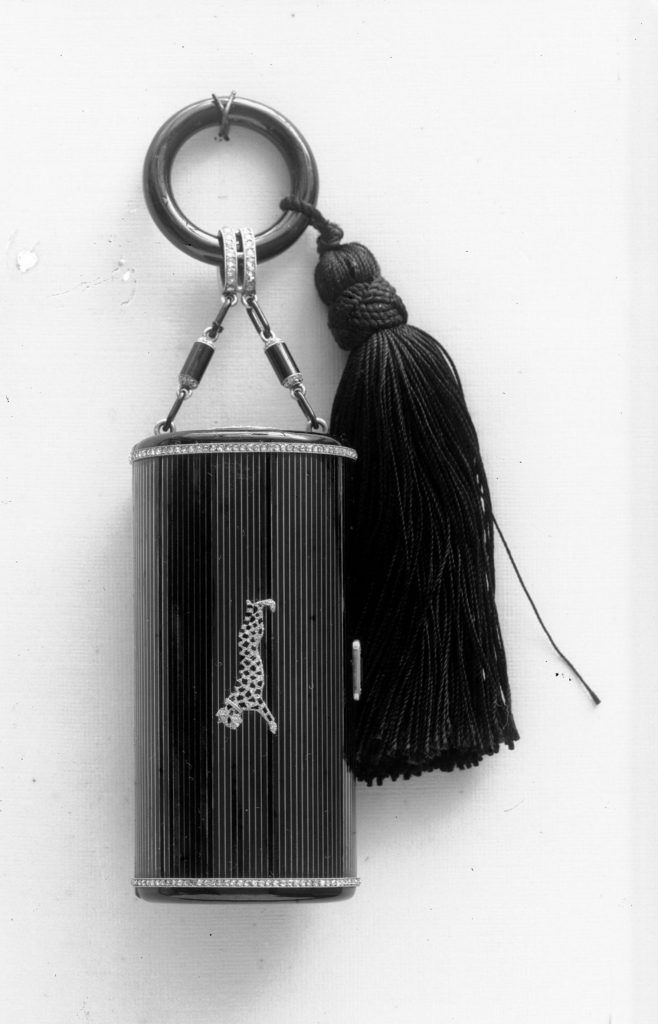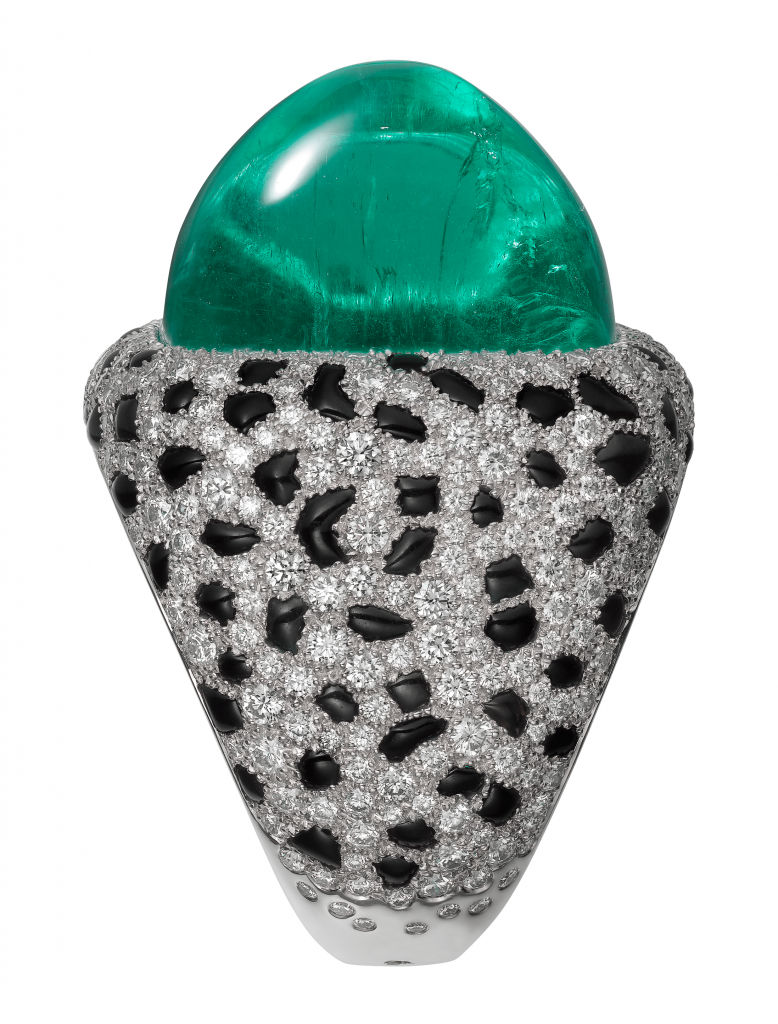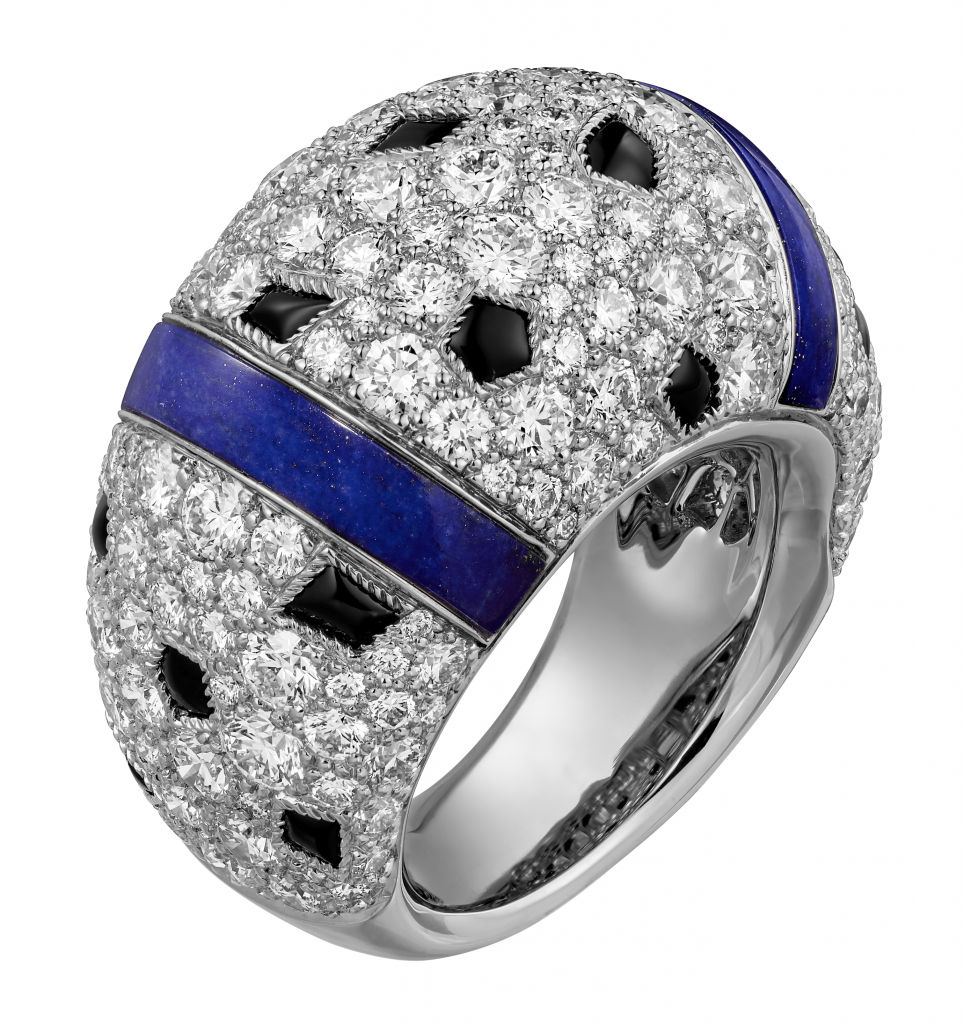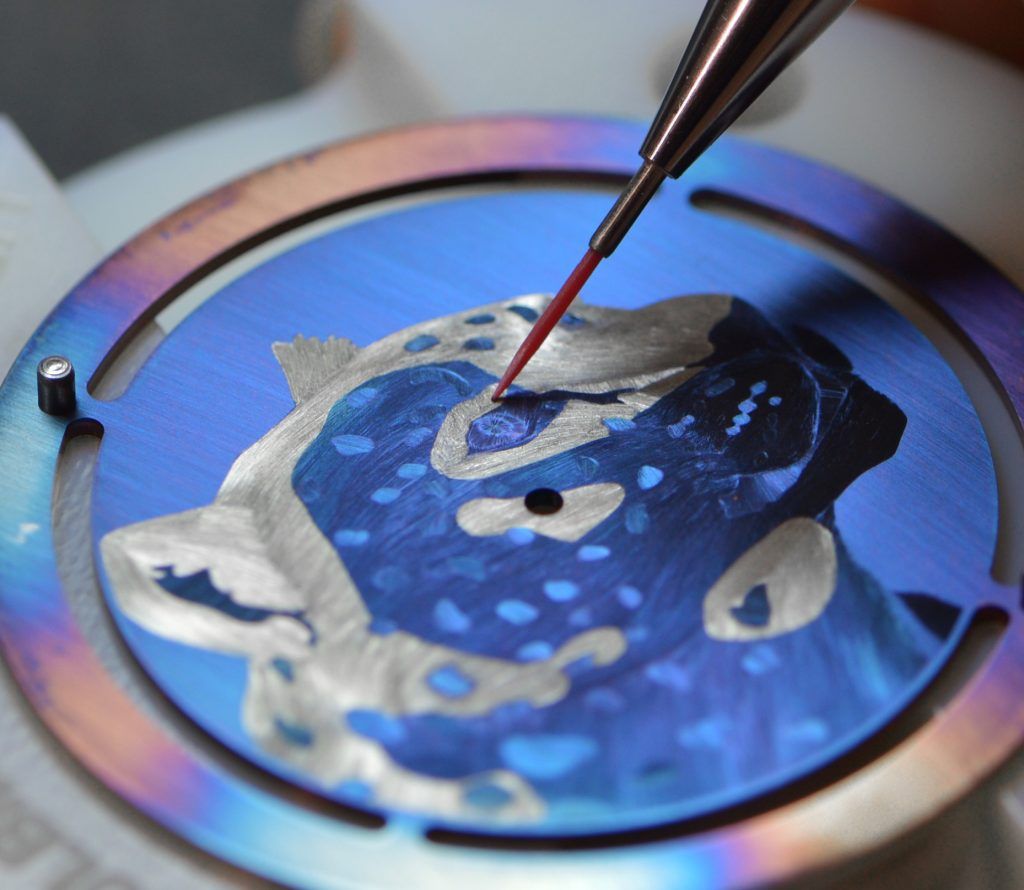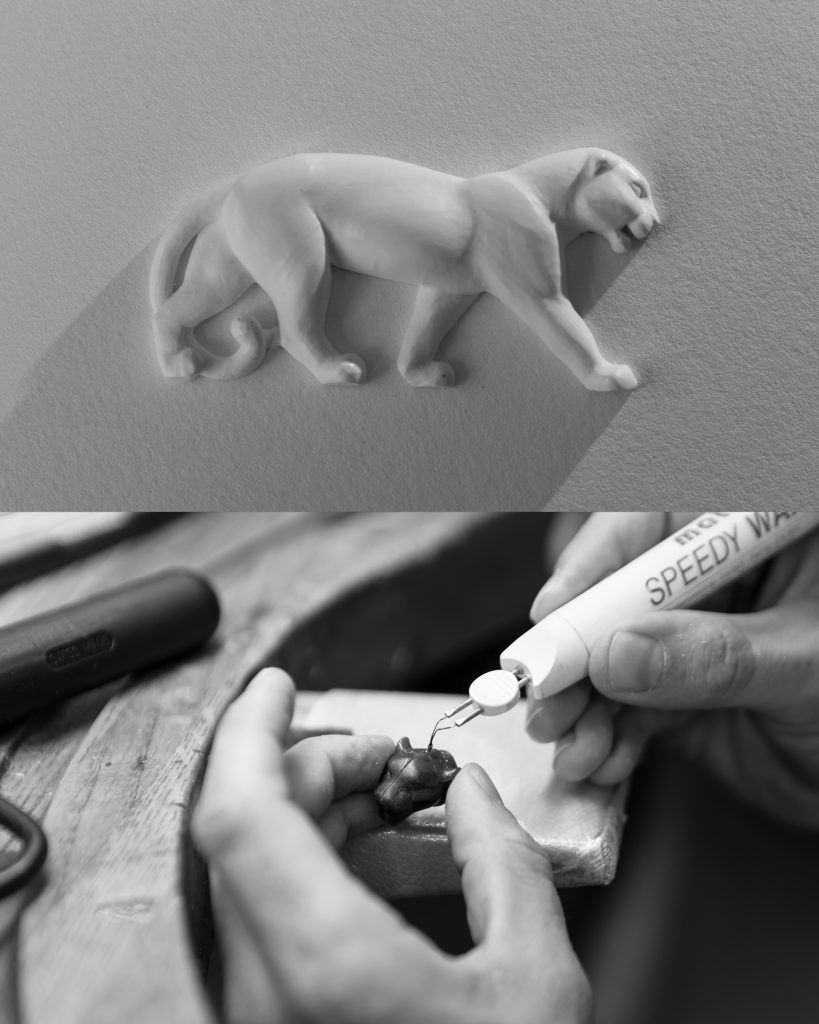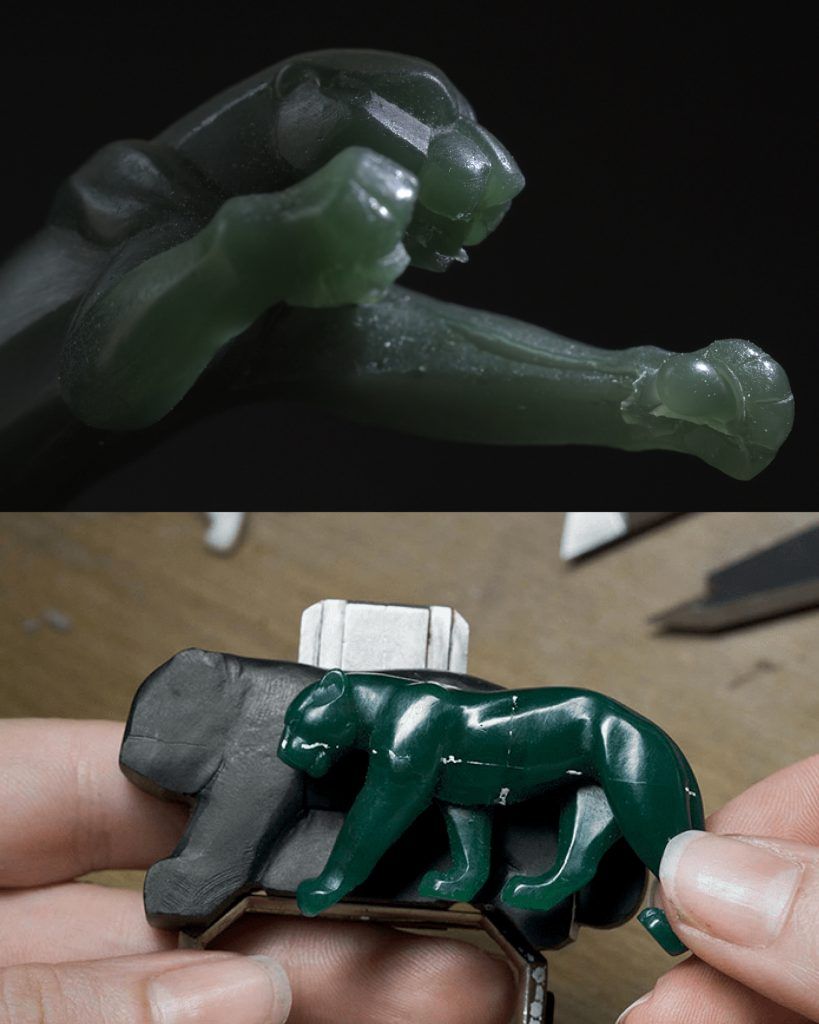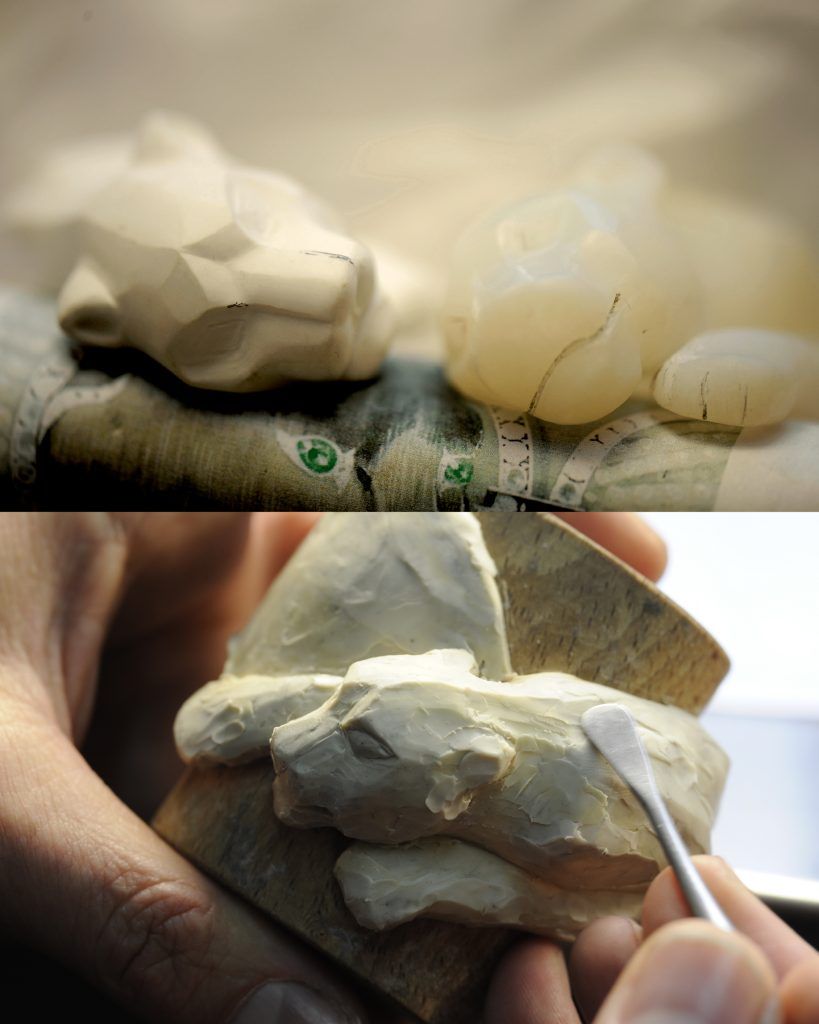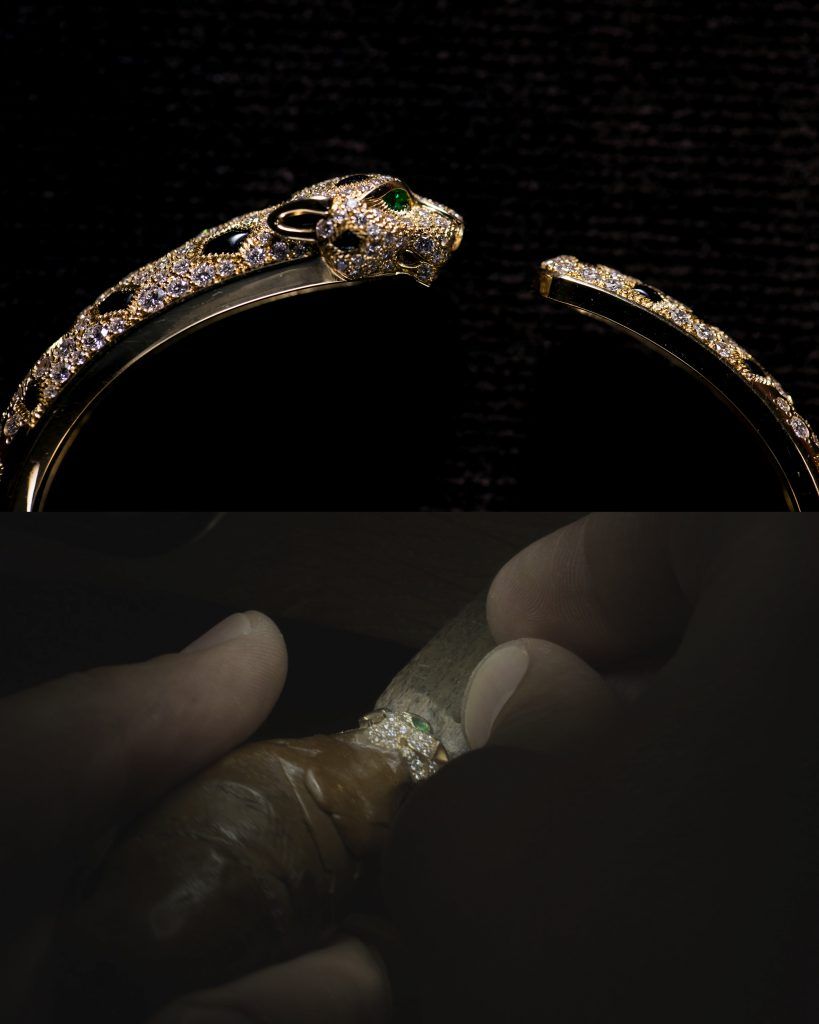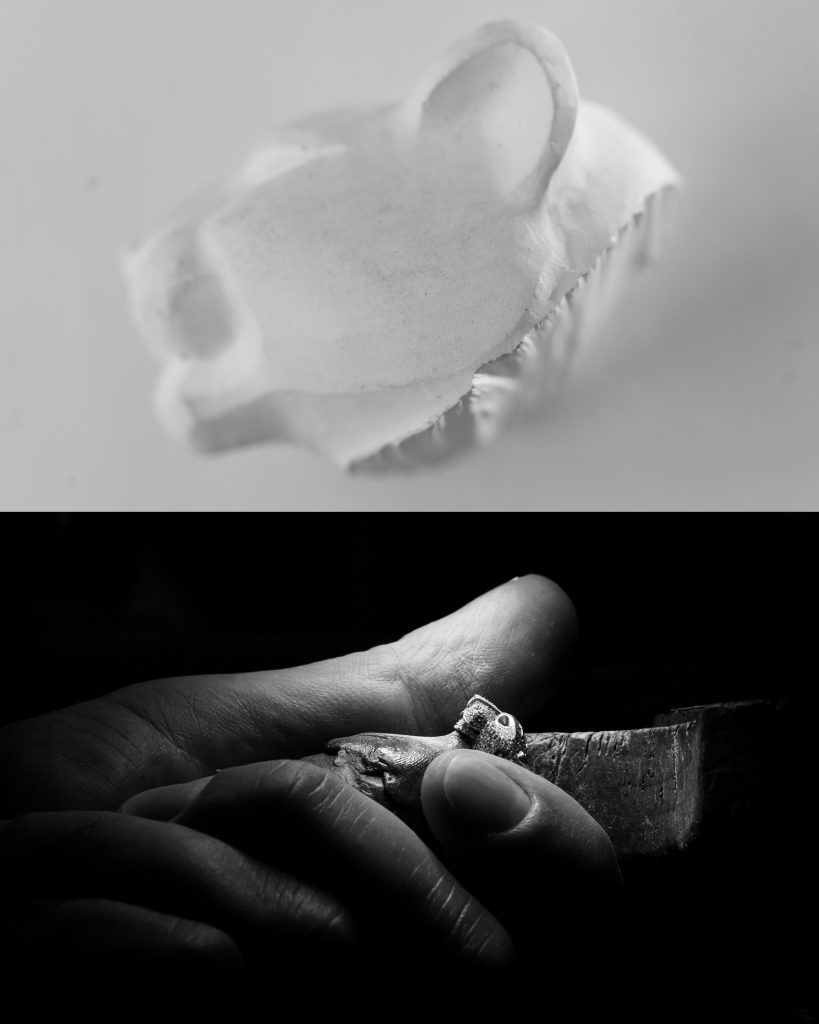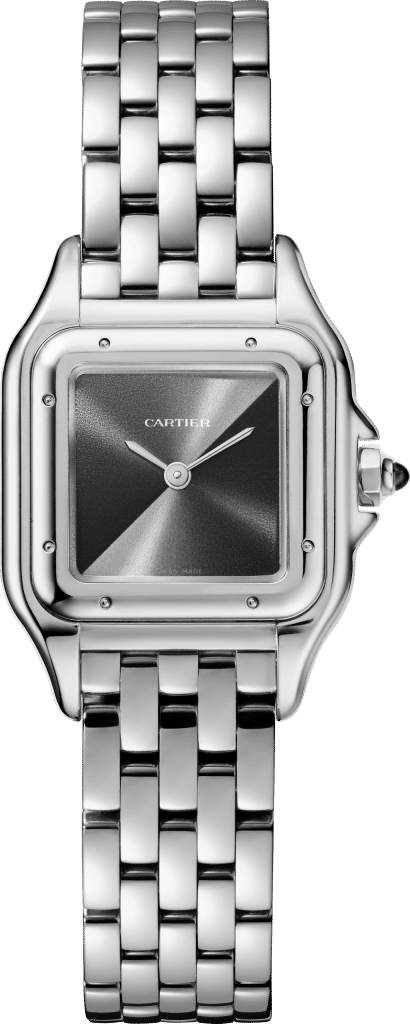
[ad_1]
Delve Into the Wild and storied world of one of luxury’s most indomitable and protean icons, Panthère de Cartier.
Mother of the Panthère
A free spirit, a symbol of independence, but above all, a powerful role model of the 20th century, Jeanne Toussaint was a muse of the creative and social scene in Paris. Upon striking up an acquaintance with Louis Cartier before the First World War, Toussaint captivated the jeweller with her taste and originality and was later invited to work for the Maison.
Initially designing handbags, she went on to design vanity cases, cigarette cases and all manner of accessories. Her sharp wit and fierce determination earned her the nickname “La Panthère.”
Among her accessories was a vanity case decorated with a panther between two cypress trees, gifted by Louis Cartier in 1917. This was the first figurative Cartier panther, although an abstract rendering – on a watch with a coat of onyx and diamond spots – dates from 1914.
In 1919, she ordered from Cartier a vanity case in gold and black Canton enamel that once again featured the panther; these actions made the creature her personal signature. In 1924 he appointed her head of the new “S” (Silver) department, which was to produce more accessible “designer” collections. Jeanne Toussaint henceforth came to specialise in jewellery design.
In 1933, she was promoted to creative director at the Rue de la Paix studio, where she oversaw an all-male staff of designers, artisan jewellers and gem-setters. Appointed by Louis Cartier himself, she was among the first women to occupy such a prominent position in the industry.
She worked with designer Pierre Lemarchand, a frequent visitor to the Vincennes Zoo, and together they crafted a new sculptural silhouette: the proud and powerful panther of the 1940s. They transformed the motif, turning it into one of the most evocative pieces of jewellery of the 20th century.
In 1948, the Duke of Windsor commissioned from Jeanne Toussaint a Panthère brooch as a gift for the Duchess. Predatory and imposing on a striking emerald cabochon weighing more than 116-carat, the panther made a powerful, three-dimensional impression.
The following year, Toussaint created a sapphire Panthère brooch, on her own initiative. This new piece was also acquired by the Windsors.
Transfigurations of the Panthère
Over the years, the Panthère has evolved into many different forms, proving to be more protean than meets the eye. As its story continues to unfold, Cartier has streamlined its evolution into three artistic expressions: abstract, graphic and naturalist.
The shapes, colours, cuts, volumes, posture, and symmetry or asymmetry structure the design, and punctuate and unleash the composition’s power of abstraction.
The abstract panther is the original form of the panther, which first appeared at the Maison in a watch with spotted pavé-cut stones in 1914.
Original, daring and elegant, the jewellery motif has since become a signature. Through its fur coat, Cartier hints at the panther’s wild nature.
It all lies in the balance between black and white, the alternating diamonds and onyx. The arrangement of the spots, their shapes, their dome and their number determine the spirit of each creation. The choice of their shapes brings geometry to the motif, while a third colour adds pigment to the composition.
The naturalist panther is a stylised interpretation. Approached in three dimensions, a designer draws on reality to bring the animal to life and enhance its dominating, wild nature.
The purpose of the design is to intensify one aspect of its personality, by marking an edge, exaggerating a volume, accentuating its figure or by playing with large stones. It must take into consideration the function of the jewel on which the panther will feature. Whether adorning a bracelet, necklace, ring or earrings, it must take up its place organically.
The graphic panther is an architectural vision realised through geometry, an integral part of Cartier’s stylistic vocabulary. When applied to the panther, it reveals its graphic tension.
The process involves revealing the structure of the panther – just like an architect – through a contemporary vision of simplified volumes. Here, too, the function, ergonomics and comfort are carefully considered.
Breathing Life into the Panthère
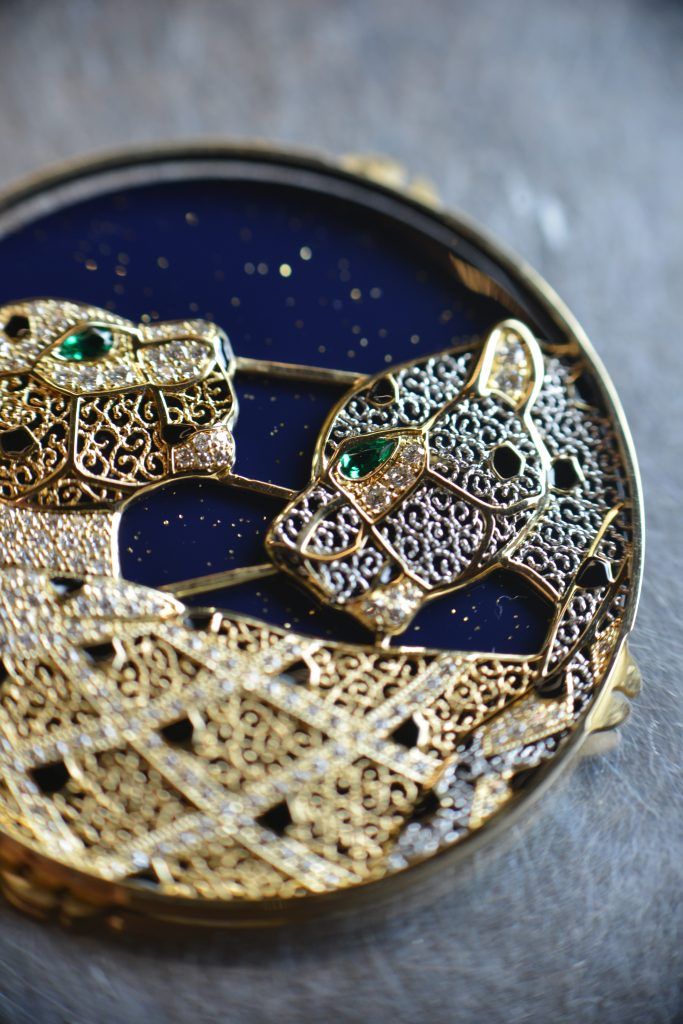
The vitality of the panther stems from a close collaboration between the design studios and workshops. Their exchanges are constant throughout the entire development process: together, they combine the notions of movement, ergonomics, volume and architecture with realism and elegance.
The spots give volume in accentuating or diminishing form. Their arrangement may seem random, however each corresponds to a precise order that considers the distance between each spot and the number of diamonds separating them; if one is moved, so must they all be.
Polygonal in shape, the spots set the pace and conform to the animal’s musculature. They also produce a sense of perspective depending on whether they are in the foreground or stretched out further in the background to create the impression of escape, an animal in motion, moving away from the beholder.
The jeweller’s technical challenge consists of assembling and coordinating them, each spot is cut one by one in an irregular fashion to produce added life. The diamonds are never the same size, as is the case for traditional pavé settings, since several different cuts are required to obtain the panther’s undulating form.
The skilled jeweller must give the set stones a continuous surface in terms of volume in order to emphasise each of the animal’s features without overpowering them. Everything must be visible above the gem-setting, from pose to muscles, subduing the metal itself to ensure the sense of movement predominates.
Captured in any number of poses, the panther sprints, roars, leaps, rises, curls up or lazes. This freeze-frame requires Cartier to adopt a three-dimensional vision, and a sculptural, anatomic approach of the body that extends beyond ornamentation.
A drawing only allows a flat and therefore partial view of an object. Cartier’s sculptors create a large-scale moulded wax sculpture of the panther, which, once scanned, is reduced and then 3D-printed.
They must model the muscles, head, feet and ears, using rare, subtle and creative craftwork. Every detail of the panther is analysed and scrutinised: the distance from the nose to the outline of the eye, the swell of the cheek all created in harmonious alignment. It is the spacing and the proportions of the eyes that determine the personality of a panther.
Everything is a matter of thousandths of millimetres: an emerald-green eye whilst fringed with gold or platinum lashes is surrounded by flat metal. Ears are polished on the inside and pavé-set on the outside and setting grains are intricately polished to ensure the pavé setting seamlessly hugs the panther’s form.
Everything, down to the final detail, adds to the panther’s sense of realism: the illusion of a silky coat created by Cartier’s “fur” setting. More than any other jewellery technique, “fur” setting requires extremely close collaboration between the jeweller, the gem-cutter and the gem-setter.
The jeweller sculpts the metal and produces the structure of the jewel; the gem-cutter cuts the precious or fine stones one by one, customising their size to create the panther skin motif; the gem-setter mounts the cut stone in its respective position and, using a precise technique, recreates the natural effect of the fur.
Each stone is encircled by minuscule metal grains that secure it; these grains are then elongated and curved, transforming them into fur threads that evoke the animal’s coat. The metal’s positioning must be subtle to ensure the setting does not overwhelm the overall impression while also creating a harmony with the general shape to further highlight the panther’s personality.
Cartier’s use of glyptics and artistic crafts have furthered its panther savoir-faire. The creation of the glyptics workshop opened up a new world of possibilities for the design team, who discovered hardstone, petrified wood, and fossilised organic substances, enabling them to design original new panthers.
Glypticians work with the natural inclusions and imperfections of the stone, which they use as a motif. In a pale mottled agate, a yellow beryl, a striped agate or petrified wood, the face of the panther begins to emerge. It takes almost six months to craft these sculptures, every cut and stroke of the sculptor’s scraper is a definitive action.
Meanwhile the Maison’s artistic craft teams draw on innovative technical and creative procedures, or metiers d’art, to recreate the panther’s face: gold beads, Etruscan granulation, straw or wood marquetry, and cloisonné enamel. These newly available forms of know-how are principally applied to fine watchmaking, with the work exhibited on watch dials.
Whether in enamel, miniature painting, filigree, grisaille gold paste enamel or flamed gold, the panther is reinvented on every occasion. This creative vocation is applied to all its guises, including the fragrance. Its bottle is cut and sculptured from the inside; the block of raw glass reveals the panther’s faceted facial features in counter-relief.
The Jewel of Watchmaking
Upon its debut in 1983, the Panthère de Cartier watch reinvented the concept of a jewellery watch and proved particularly popular with the art scene. The watch slinks onto the skin in a rippling celebration of triumphant and carefree elegance.
Defined by a square with rounded corners, horns with seamless curve and visible rivets, the Panthère watch takes its name from the bracelet, which is one of its most characteristic design features.
Its ultra-flexible structure echoes the movements of the Maison’s emblematic animal. Formed from a series of curved and polished links, it is uniquely supple. The precise proportions of the bracelet and case can be seen in the way the Panthère watch is worn, its elegance determined by its ergonomics as it naturally fits around the wrist.
Over the years, the watch has benefited from several innovations, some remain undetectable, to bring it right up to date. These include the whiter dial, tighter links, the openwork and lacquer pixelated effect. Achieving a tauter bracelet and the removal of the date on the dial further accentuates its jewellery aspects.
Embraced by the sophisticated icons of the 1980s, the Panthère watch continues to strike a chord with a whole new generation of bold and impeccably stylish personalities today.
This has now inspired Cartier to create four new versions in rose gold, yellow gold and steel, with a silky dial in shades of golden plum, midnight blue and black.
Four diagonally crossed dials reverse the play of light and reflect the brilliance of the iridescent and subtle gradations. A precious luminosity that adds to the jewel-like quality of the most feline watch in the Maison’s repertoire.
[ad_2]
Source_link
